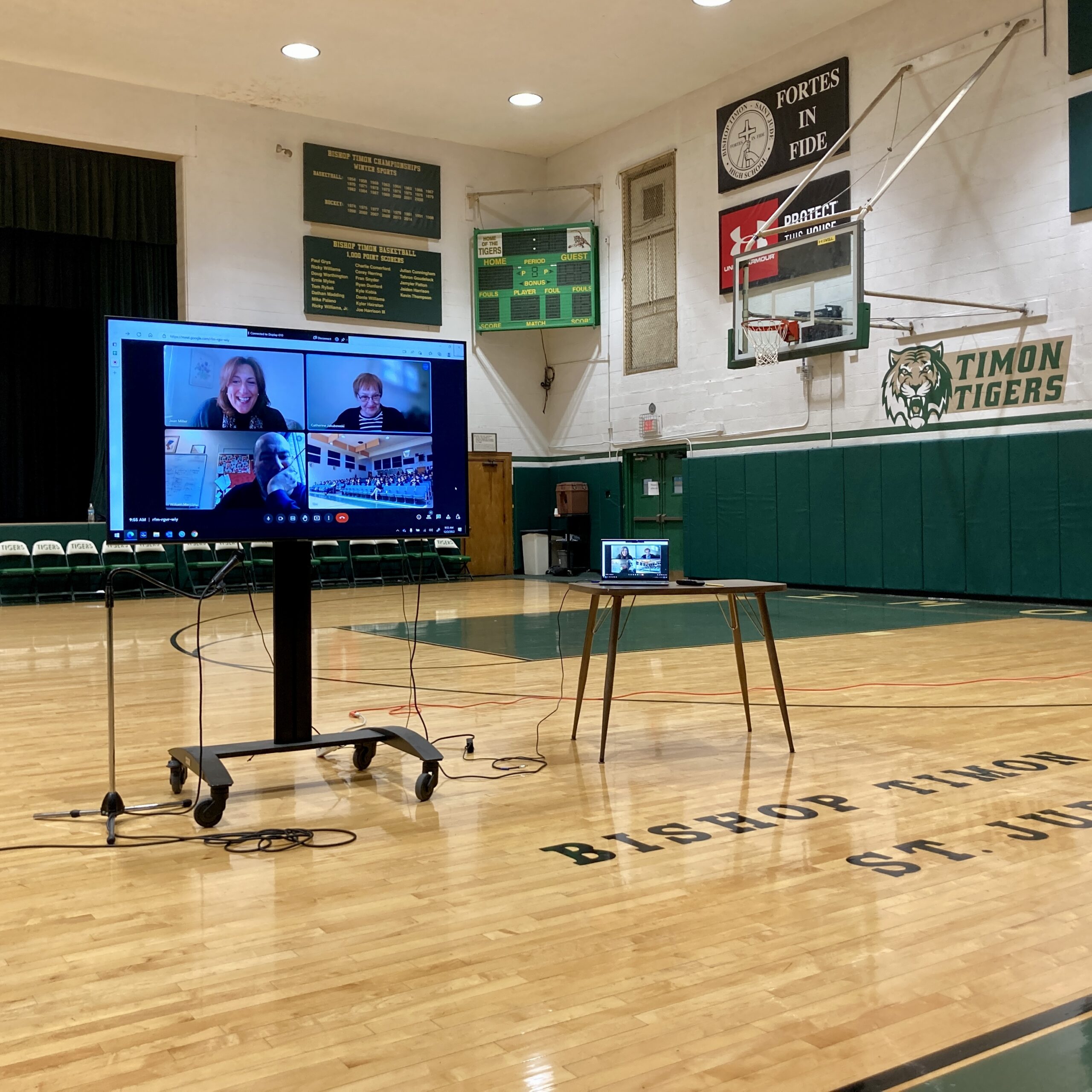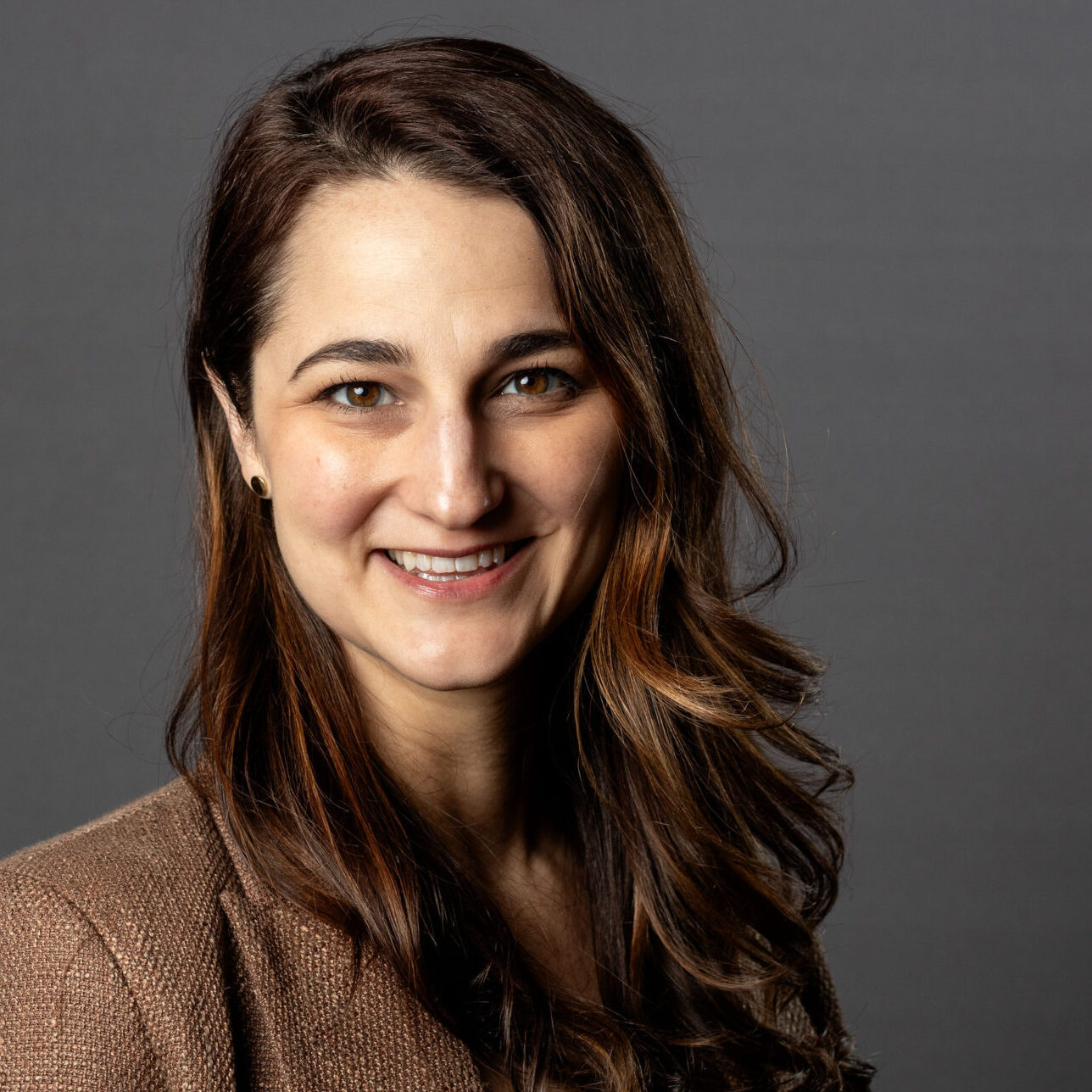Educational accreditation is the approval from an accrediting agency recognized by the U.S. Department of Education to verify that a school, higher education institution, or academic program maintains a certain level of educational standards. If you work in education, you probably know a fair bit about this process. If you don’t, you may have no idea it even exists.
There are several school (institutional) accrediting bodies in the United States, as well as several accrediting bodies for individual academic programs (programmatic). Along with the U.S. Department of Education, the Council for Higher Education Accreditation is one of the two primary organizations that certify accrediting organizations.
Accreditation is optional for both K12 schools and higher education institutions in the U.S., though many choose to participate for the acknowledgment of their excellence. In addition, many specialized academic programs (such as pharmacy, business, and education) also opt to complete a second and more specialized accreditation.
There is also a cadence of accreditation activities that takes place:
- Standards: Every accrediting body has a set of standards that schools must show evidence toward.
- Self-study: The institution or program seeking accreditation prepares an in-depth self-evaluation report that measures its performance against the standards. The self-study process of data collection and report compilation usually takes 2 years. Most bodies also require a mid-point report.
- On-site evaluation: A team of peers (from other schools) reviews the institution or program on-site (or virtually due to pandemic constraints) to determine first-hand if the applicant meets the established standards.
- Decision and publication: Upon being satisfied that the applicant meets its standards, the accrediting agency grants accreditation status, with and without recommendations and warnings.
- Monitoring: An accrediting agency monitors each accredited institution or program throughout the period of accreditation granted to verify that it continues to meet the accreditor’s standards or address the warnings.
- Reevaluation: The agency periodically reevaluates each institution or program to ascertain whether continuation of its accredited status is warranted – usually every 7-10 years.
Lessons Learned from Leading and Participating in the Process
I have taken on the leadership roles as co-chair of the institutional self-study and co-chair of standards, as well as meeting with visiting team members from various accrediting bodies to discuss online learning, online programs, faculty and staff development, and policies. One of my consultant gigs has been working with Bishop Timon – St. Jude High School (Buffalo, NY) over the last year on their Middle States Accreditation Self-Study as the lead internal coordinator. We just held a successful hybrid visit. I took some time afterward to reflect on what creates a successful self-study experience and visit. After having been involved in both MSCHE (higher ed) and MSA (K12) accreditation work, here are lessons learned.
- Collect good data. The accreditation process relies on data to prove an institution meets the standards. Not only do institutions need to collect qualitative and quantitative data to write the self-study report, they also need to assemble evidence for each standard. Institutions must be proactive about collecting enough useful data. While some accrediting bodies provide surveys, they may not produce good results. Institutions should send out additional shortened surveys and host in-person sessions to gather enough quantitative and ample qualitative feedback. They also should invest considerable time to code this data and justify any trends they see.
- Keep a virtual documentation space. Very little accreditation trainings discuss or focus on the ways institutions should harness technology in the accreditation process. Institutions should create one place online for people to find information, collaborate, and submit evidence. Usually, this looks like a SharePoint or Google folder, with a more static space (such as a SharePoint or Google Site) to curate the experience for users. I prefer this method over costly accreditation platforms that some institutions invest in because it allows for more collaborative opportunities. Most accreditation bodies require digital submission of the documents, so getting into the habit of virtual collaboration and collection from the start is helpful.
- Meet regularly. Regular meeting times ensure everyone is in the loop and the process moves along as scheduled. It helps to create a calendar of meeting days/times with a bulleted agenda at the very start of the process for all committees, events, presentations, and submission dates. These meetings should highlight successes, analyze failures, pick apart barriers, identify next steps, and course-correct as necessary. Scheduled events and presentations are also a key point to celebrate milestones in the process and celebrate (see the last point).
- Maintain a tracker. A tracker has two purposes: to identify the project goals and to track the progress on those goals. It’s as simple as a Google Sheet or a Microsoft List on a SharePoint Site. Each goal should have a due date, a responsible party, and a way to update progress and evidence. The tracker should be a regular point of discussion during meetings (see point 4) and goals should be updated in real-time during the meeting. Everyone should have the ability to view and update their portion of the tracker.
- Communicate consistently. The board, instructors, staff, students, parents, and the community need education about accreditation, as well as tailored updates. Newsletters and presentations are great options to keep everyone informed. I like to nicely design all graphics consistently in Canva so all the communication touch points can visually be identified.
- Celebrate. After countless hours of preparation, evidence gathering, interviews, and conducting visits, schools must celebrate. Celebrations create time to acknowledge the many people who contributed their time and expertise to be formally recognized. Celebrations should be large events with all the key stakeholders in attendance.
Final thoughts: The accreditation process is long and arduous, with many steps in between. These key lessons help keep the focus on its purpose: to assure quality and to assist in the improvement of an institution.


